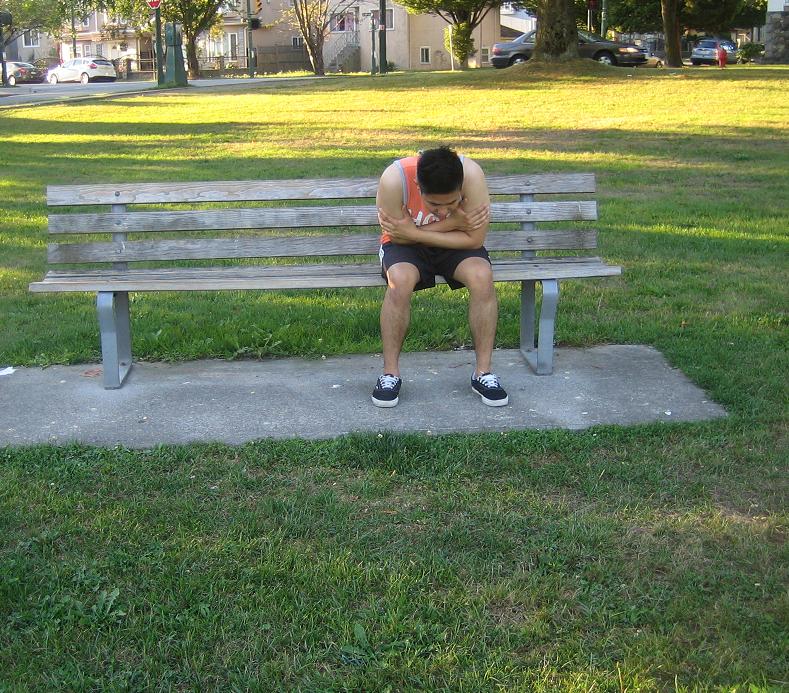Altitude sickness or mountain sickness is characterized by generalized symptoms that are triggered by climbing on areas with higher altitudes rapidly. The condition is triggered since the body does not have enough time to adjust to the lower air pressure and lower level of oxygen in the air at high altitudes.
https://www.youtube.com/watch?v=hiUgX4WrjX0
The body reacts by elevating the breathing rate of the individual. As a result, this boosts the blood oxygen but not to the normal levels. The body copes to function with less oxygen than usual. Once the individual does not allow enough time for the body to adjust, he/she ends up with the symptoms of altitude sickness.
Symptoms of altitude sickness
The usual symptoms of altitude sickness include nausea, headache, vomiting and lightheadedness.
Short-term altitude sickness
- Fatigue
- Dizziness
- Appetite loss
- Shortness of breath
- Generalized loss of energy
- Sleeping problems
The symptoms typically start within 12-24 hours of reaching an area with high altitude. Within 1-2 days, the symptoms subside as the individual adjusts to the altitude.

Moderate altitude sickness
- Weakness, fatigue and shortness of breath become worse over time.
- Individual starts to show loss of coordination, difficulty walking, nausea, vomiting, severe headaches that could not be relieved by medications and tightness or congestion in the chest
This is more intense and could not be relieved with over-the-counter medications. Engaging in normal activity can be hard but the individual can still walk without assistance.
Severe altitude sickness
- Inability to walk
- Shortness of breath even at rest
- Confusion
- Build-up of fluid in the lungs and/or brain
Other possible symptoms include cough and a pale, grayish skin tone. This is considered as a medical emergency and the individual should be taken to a lower altitude right away.
Treatment
Being familiar with the symptoms of altitude sickness is an advantage so that treatment can be started early while the condition is still in a mild state.
For all stages of altitude sickness, it is vital to bring the individual to a lower altitude as quickly and safely as possible. For mild cases, over-the-counter medications can help relieve the headache. Other symptoms will eventually subside at a lower altitude.
The symptoms of moderate cases typically improve within 24 hours at heights at least 1000-2000 feet lower. The symptoms eventually subside within 3 days.
An individual with a severe case must be taken to a lower altitude level right away. A doctor should be consulted as soon as possible since hospital care might be required.
Fluid in the brain is treated with dexamethasone which is a steroid that minimizes the swelling in the brain. As for fluid in the lungs, the treatment includes medications, additional oxygen, lung inhaler and a respirator.
Possible after-effects of altitude sickness
Many individuals who end up with altitude sickness only have the mild form. The symptoms eventually lessen once the individual moves to an area with lower altitude. There are no lasting detrimental effects.
In moderate cases, it resolves rapidly once the individual descends to a lower area. After 2-3 days, the individual can safely climb to higher areas if preferred.
Those who develop the severe case that is accompanied by fluid and swelling in the lungs or brain are at risk for serious complications including death or coma. This entails prompt treatment to minimize the risk.

